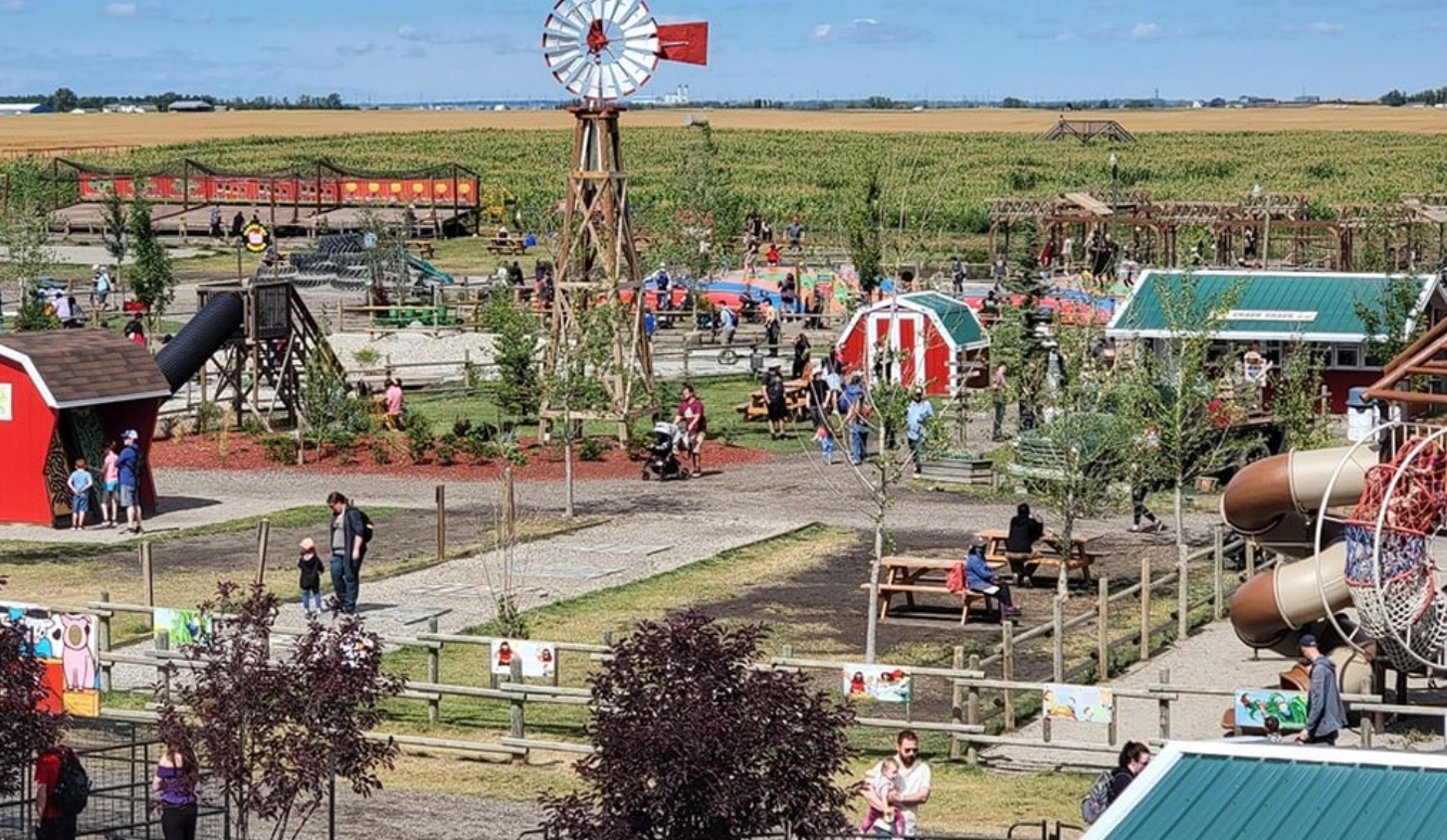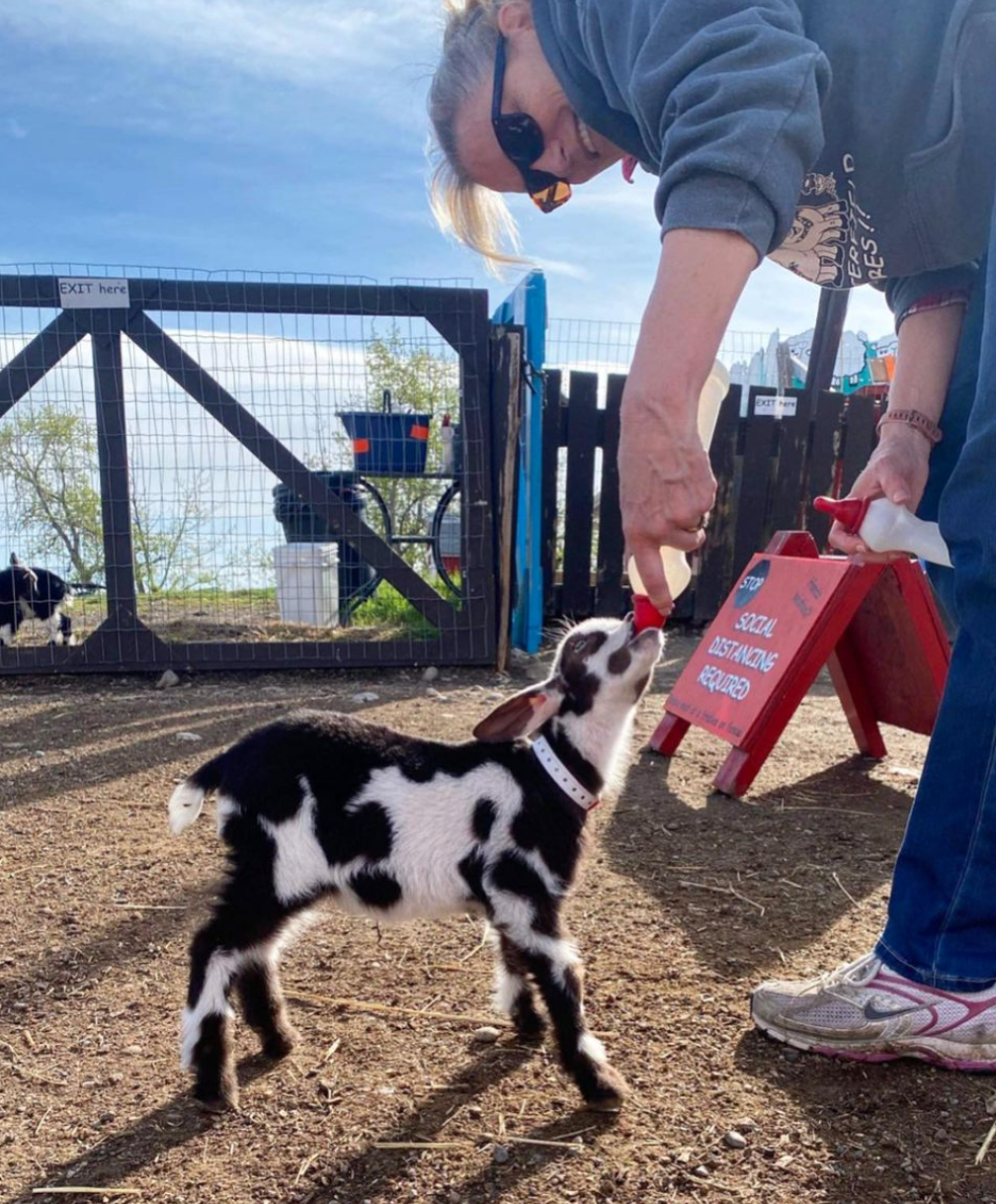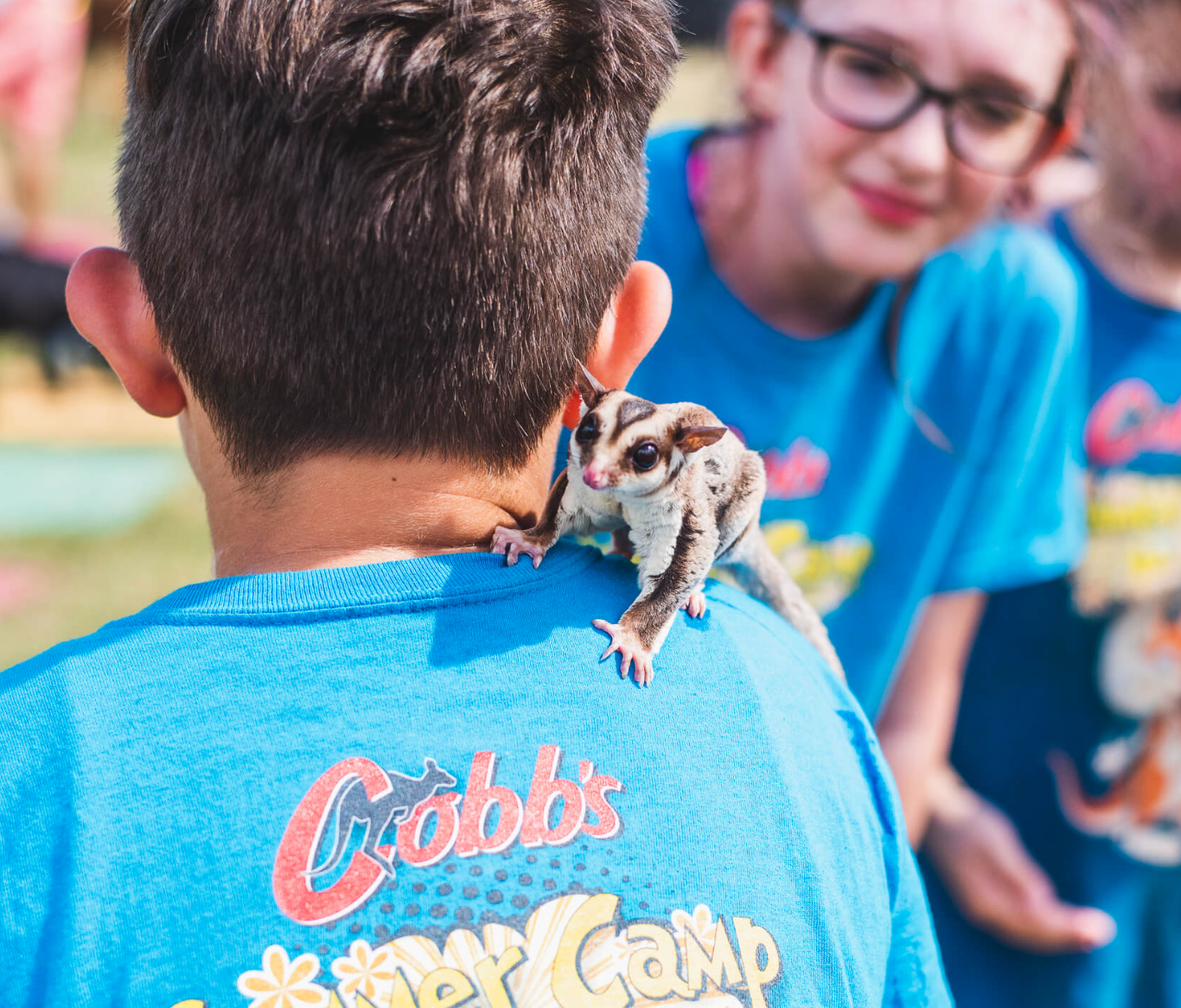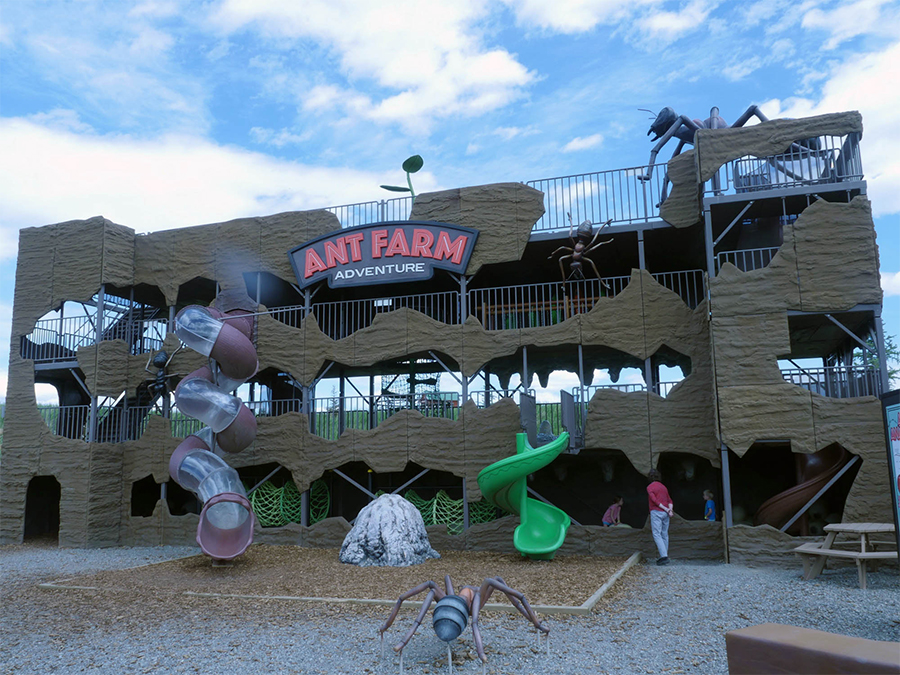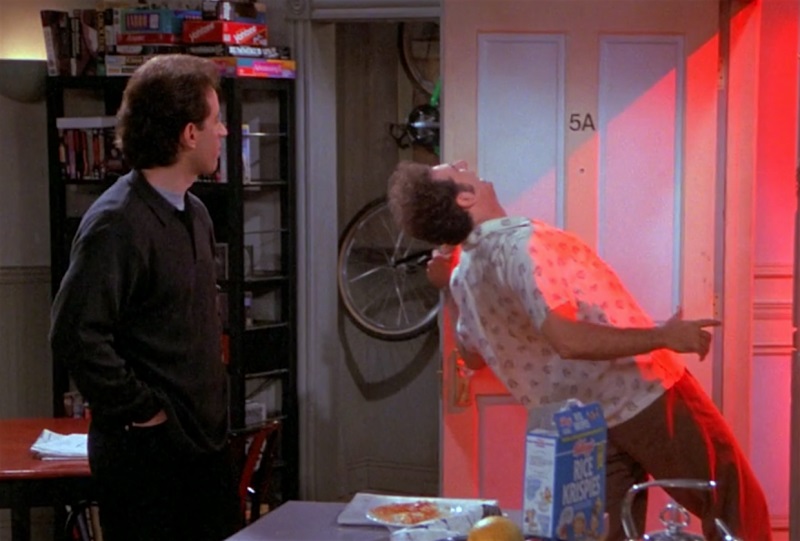Way more than just green tea, matcha (green tea powder) is very popular. From trendy cafés serving up matcha-spiked lattes to models downing shots of this trendy beverage during fashion week, matcha is being hailed as the superfood to beat all other superfoods. And for good reason, matcha’s list of health benefits is seemingly endless. It promises not only to boost energy, but it helps to detox the body, fight cancer, help you loose weight by boosting metabolism, halts the aging process, improves brain power, and reduces stress. How does matcha do all this? It’s infused with high levels of antioxidants, amino acids, and chlorophyl. In fact, it has more antioxidants than goji berries, blueberries, acai berries, pomegranate, spinach, and broccoli combined. And unlike your regular cup of joe, matcha slowly releases caffeine over several hours (as opposed to all at once,) so you feel energized all day and avoid that jittery feeling that coffee imparts.
So, what exactly is matcha?
Matcha is premium green tea powder (tea leaves which have been finely ground,) which comes from Japan and is used for drinking as tea or can be used as an ingredient in recipes. When you drink green tea, you simply infuse the leaves with water. However, when you drink matcha, you ingest the entire leaf and therefore receive 100% of the available nutrients. It has been said that matcha contains 137 times more antioxidants than regularly brewed green tea, and one cup of matcha is the equivalent to 10 cups of regularly brewed green tea in terms of antioxidant power and nutritional content.
Where can I try matcha?
Matcha powder is sold in many grocery and health stores, however there are different grades available, so it’s best to speak to someone familiar with matcha to ensure you get the best bang for your buck. Also, if you plan to prepare matcha at home, you may want to invest in a bamboo whisk (called achasen), a tea bowl (matcha-chawan), a measuring ladle (chashaku), and a tea strainer along with your matcha powder.
If, on the other hand, you’re looking to have someone make matcha for you, many other cafés and restaurants are whipping up matcha-spiked lattes and beverages to their health-conscious clientele. When used as an ingredient, matcha can be incorporated into many other foods including smoothies, ice cream, baked goods, and even cocktails.
7 health benefits of matcha:
1. Prevents cancer
Matcha tea helps combat cancer because it contains a unique class of antioxidant known as catechins. Catechins are not found in many other foods which is one of the reasons matcha has enjoyed a huge surge in popularity. In particular, the catechin EGCg (epigallocatechin gallate) provides potent cancer-fighting properties because it has the ability to counteract the effects of free radicals from pollution, UV rays, radiation, and chemicals, which can lead to cell and DNA damage.
2. Packed with antioxidants
Antioxidant and superfood are buzz words we hear often these days. Superfoods are foods that are rich in antioxidants, and antioxidants are naturally occurring chemical compounds that prevent aging and help fight chronic diseases. A wide variety of fruits and vegetables are lauded for being superfoods and include goji berries, cocao nibs, bee pollen, pomegranate, acai berries and even blueberries. But, according to new research, the levels of antioxidants found in matcha rise way above the others in comparison. Matcha is not only packed with exponentially more but better antioxidants, than any other superfood.
3. Helps you lose weight
Matcha helps you loose weight by boosting metabolism and burning fat.
4. Detoxifies
As you can guess from matcha’s vibrant green colour, it’s rich in chlorophyl, which helps to safely cleanse and purge the body of harmful elements. Chlorophyl is a powerful detoxifier, helping to eliminate both chemicals and heavy metals from the body.
5. Boosts energy
Whether you are a super stay-at-home-mom or a marathon runner, matcha can help boost your endurance and energy to help you get through your day. Matcha slowly releases caffeine over several hours (as opposed to all at once,) so you feel energized all day and avoid that jittery feeling that coffee imparts.
6. Improves brain power & relieves stress
Drinking matcha can contribute to clearer and quicker thinking, improved memory, increased alertness and awareness, elevated mood and improved concentration. As matcha has extremely high levels of a particular amino acid called L-theanine, an amino acid which helps produce alpha waves in the brain, it promotes feelings of well-being, relaxation, happiness and overall a reduction in stress.




